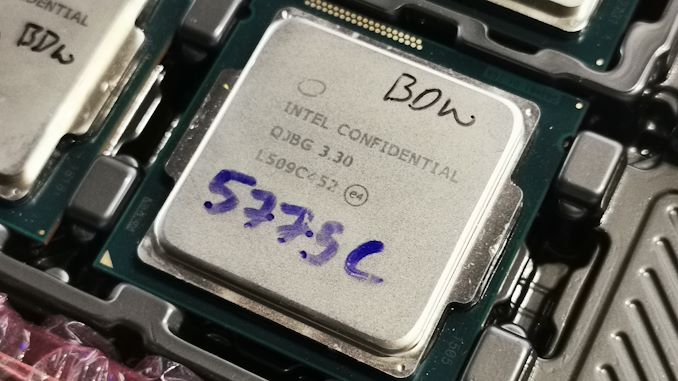- Joined
- Sep 8, 2009
- Messages
- 1,097 (0.19/day)
- Location
- Porto
| Processor | Ryzen 9 5900X |
|---|---|
| Motherboard | Gigabyte X570 Aorus Pro |
| Cooling | AiO 240mm |
| Memory | 2x 32GB Kingston Fury Beast 3600MHz CL18 |
| Video Card(s) | Radeon RX 6900XT Reference (amd.com) |
| Storage | O.S.: 256GB SATA | 2x 1TB SanDisk SSD SATA Data | Games: 1TB Samsung 970 Evo |
| Display(s) | LG 34" UWQHD |
| Audio Device(s) | X-Fi XtremeMusic + Gigaworks SB750 7.1 THX |
| Power Supply | XFX 850W |
| Mouse | Logitech G502 Wireless |
| VR HMD | Lenovo Explorer |
| Software | Windows 10 64bit |
Look up Broadwell. It had a 4th level cache that was blazing fast before the memory controller.
View attachment 408095
I wouldn't say the 50GB/s duplex were "blazing fast" for a last level cache, especially compared to AMD's Infinity Cache reaching 2TB/s on Navi 21. The small discrete GPUs with 128bit GDDR5 at the time started at 72GB/s.
The Zen+ APUs with a Vega iGPU and DDR4 3200 (~51.2GB/s dual-channel) would easily pass over it.
It still made wonders for the longevity of that chip at the time but it was adequate for the iGPU, it's not like it was over-engineered.



